There are so many different terms that are used when it comes to talking about orthodontic issues. Our Smiletown Orthodontists are here to discuss the 10 most common issues that we see every day.
The 10 Most Common Orthodontic Issues
When your teeth and jaw are not aligned properly or don't fit together correctly when your jaw is closed, orthodontic treatment may be able to correct these issues. If these dental issues are not treated or left for too long, they can actually cause you to develop a host of other oral health concerns as well as general health concerns.
1. Overbite
This is classified when your upper front teeth extend too far out over the lower front teeth. This can even sometimes cause the lower front teeth to bite into the roof of the mouth. Problems often associated with an overbite include a “gummy” smile, protruding lips and excessive wear to the incisors.
2. Overjet
An overjet is when the upper front teeth protrude outward. Whereas an overbite is marked by an excessive vertical distance between the front upper and lower teeth, an overjet has a greater horizontal difference between the two sets. This condition is often referred to as “buck teeth.”
3. Dental Midlines not Aligned
Dental midlines or the line between your two front teeth, that do not match are evident when the back bite does not fit and match appropriately. This may negatively impact jaw function and proper dental function.
4. Underbite
An underbite is characterized when the lower jaw extends too far forward, causing the lower front teeth to sit in front of the upper front teeth.
5. Protruding Upper Front Teeth
The appearance and function of your teeth are impacted by this type of bite. It is characterized by the upper teeth extending too far forward or the lower teeth not extending far enough forward.
6. Deep Overbite
A deep bite is classified as a malocclusion where the upper front teeth excessively overlap the bottom front teeth when the back teeth are closed. This is also called an overbite or closed bite.
7. Openbite
An open bite occurs when the top and bottom teeth do not touch at the front or back of the mouth when the jaw is fully shut, leaving a space between them.
Proper chewing is impacted by this type of bite, in which the upper and lower front teeth do not overlap. Openbite may cause a number of unwanted habits, such as tongue thrusting or thumb sucking. An early evaluation and intervention is essential in correcting an openbite.
8. Crossbite
If your teeth don't line up when your mouth is closed, you might have a crossbite. This can affect just one tooth or even a group of teeth.
Normally, your upper teeth are wider and sit on the outside of your bottom teeth. Each upper tooth touches the matching lower tooth so that the force from chewing or clenching is evenly spread across your mouth. If you have a crossbite, these movements may cause irregular wear and damage to your teeth.
Posterior crossbite - This happens when your upper back teeth sit inside your bottom teeth. The teeth look almost tilted in toward your tongue instead of lined up straight and fitting into each other.
Anterior crossbite - This happens when one or some of your upper front teeth sit behind your lower front teeth. This is different from an underbite, which happens when all of your top teeth are behind your bottom teeth.
9. Crowding
Crowding occurs when teeth don't have enough room to erupt from the gums. It is the most common reason for braces. Not only can crowding look unattractive but it may also be linked to periodontal problems and dental decay because it is harder to clean overlapping tooth surfaces.
10. Spacing Issues
Spacing problems may be caused by missing teeth, or they may only be cosmetic or aesthetic issues. Spacing is another popular reason for braces. The opposite of crowding, spacing is most commonly caused by excessive jaw room for the size of the erupting teeth.

